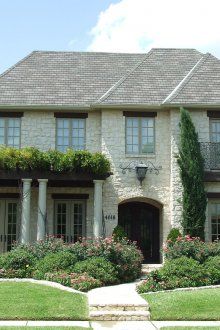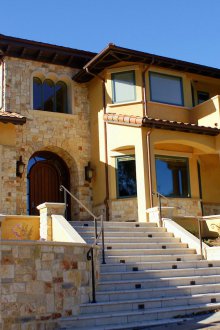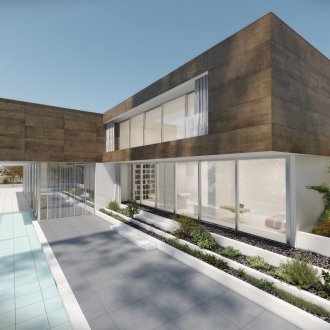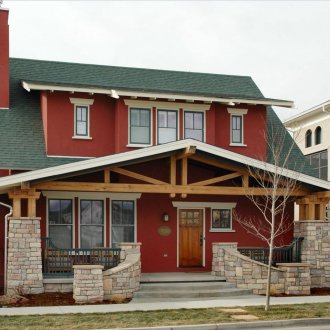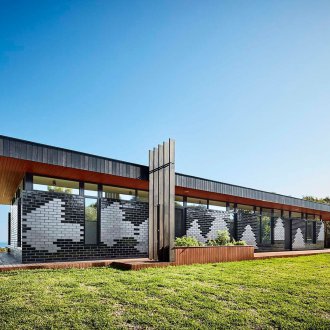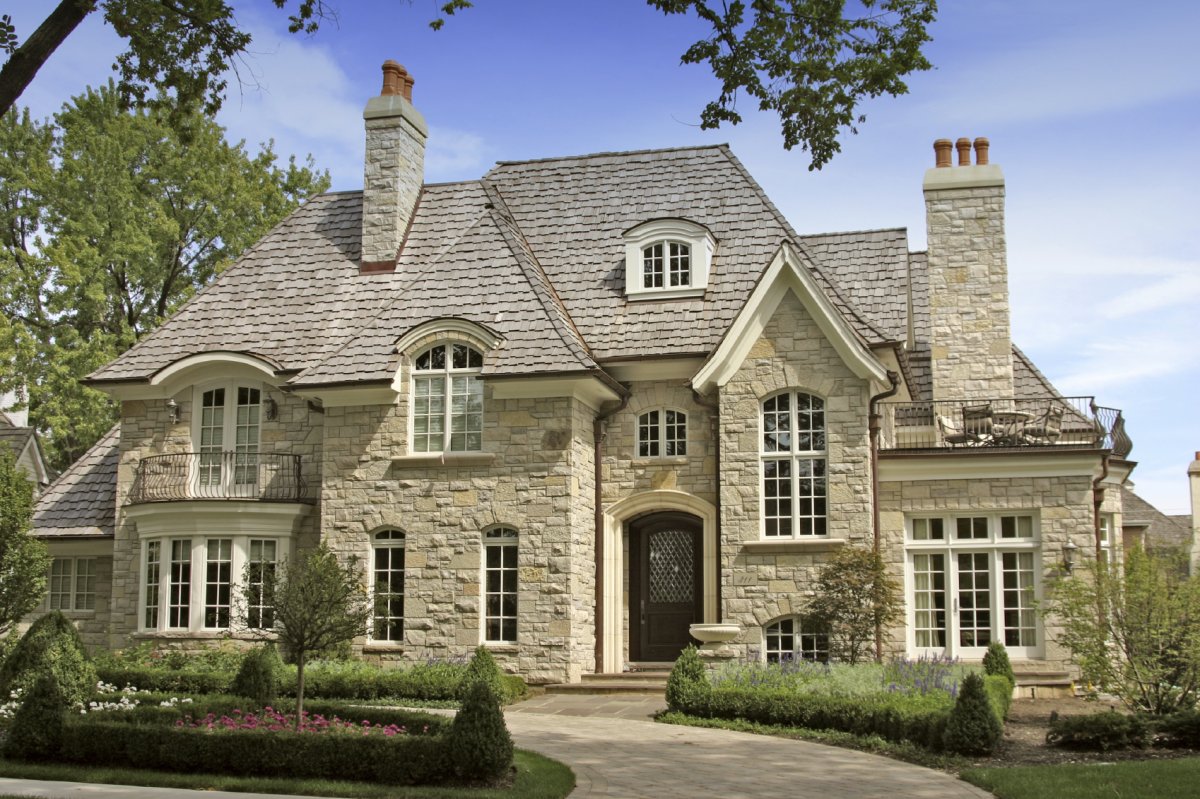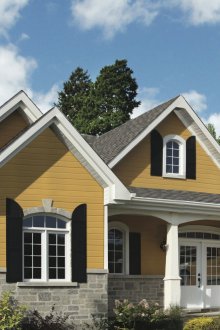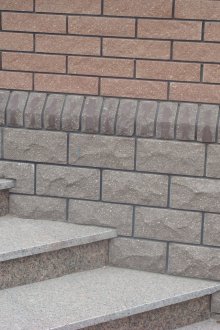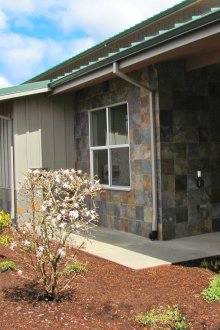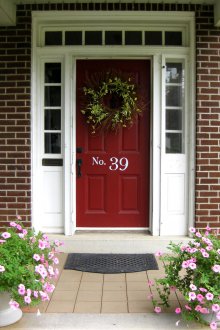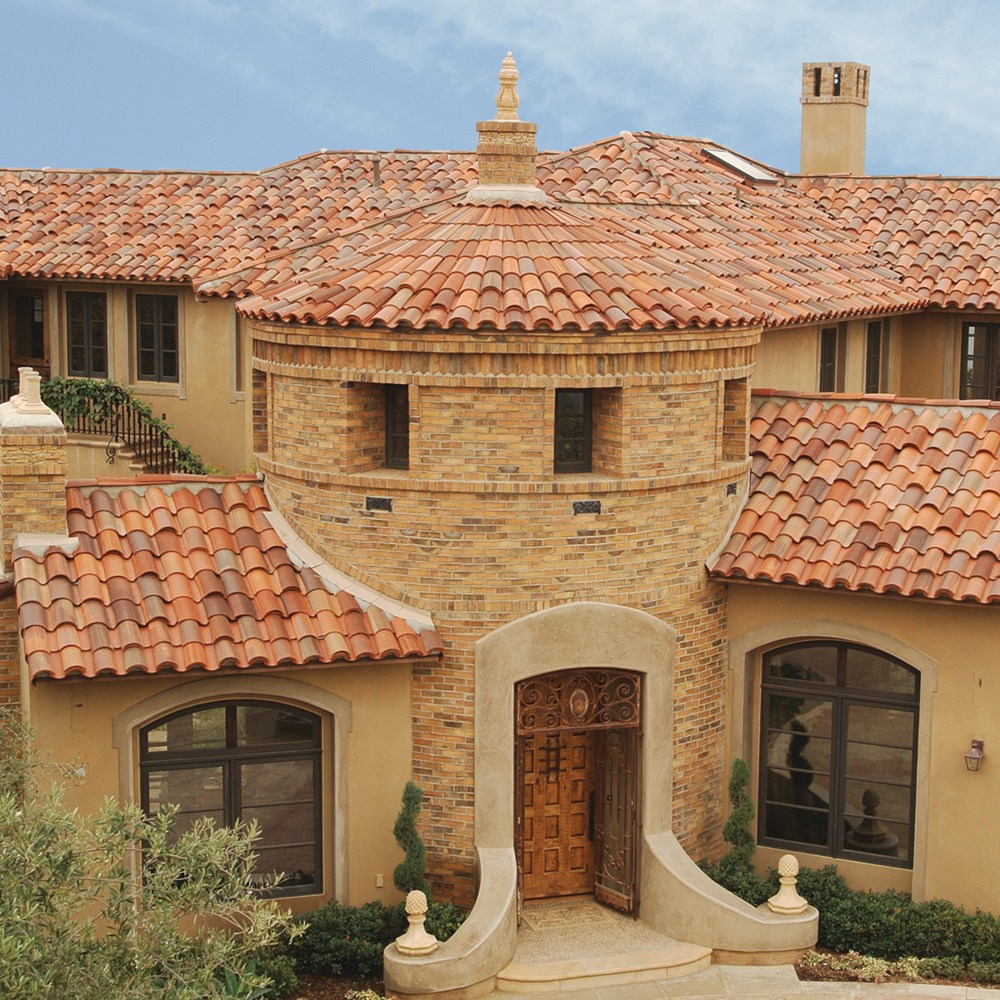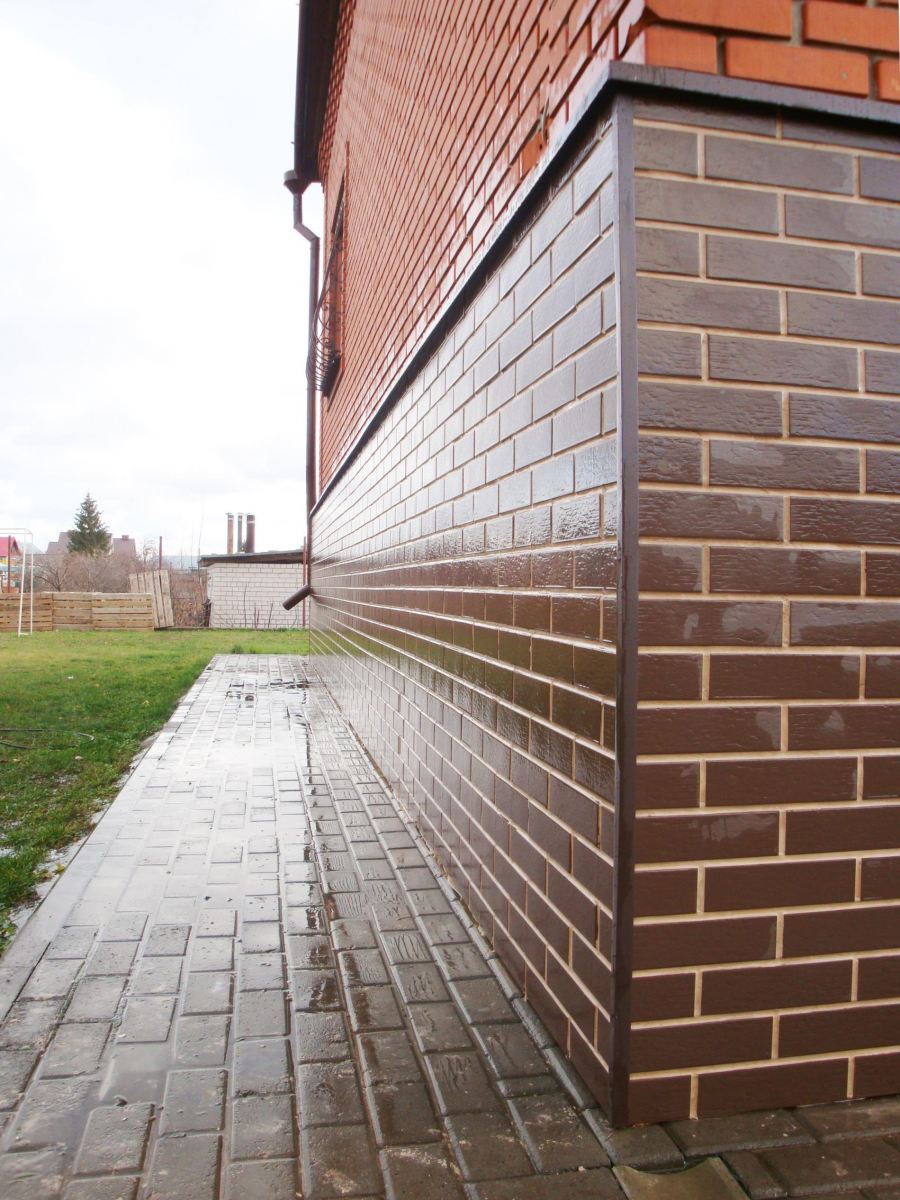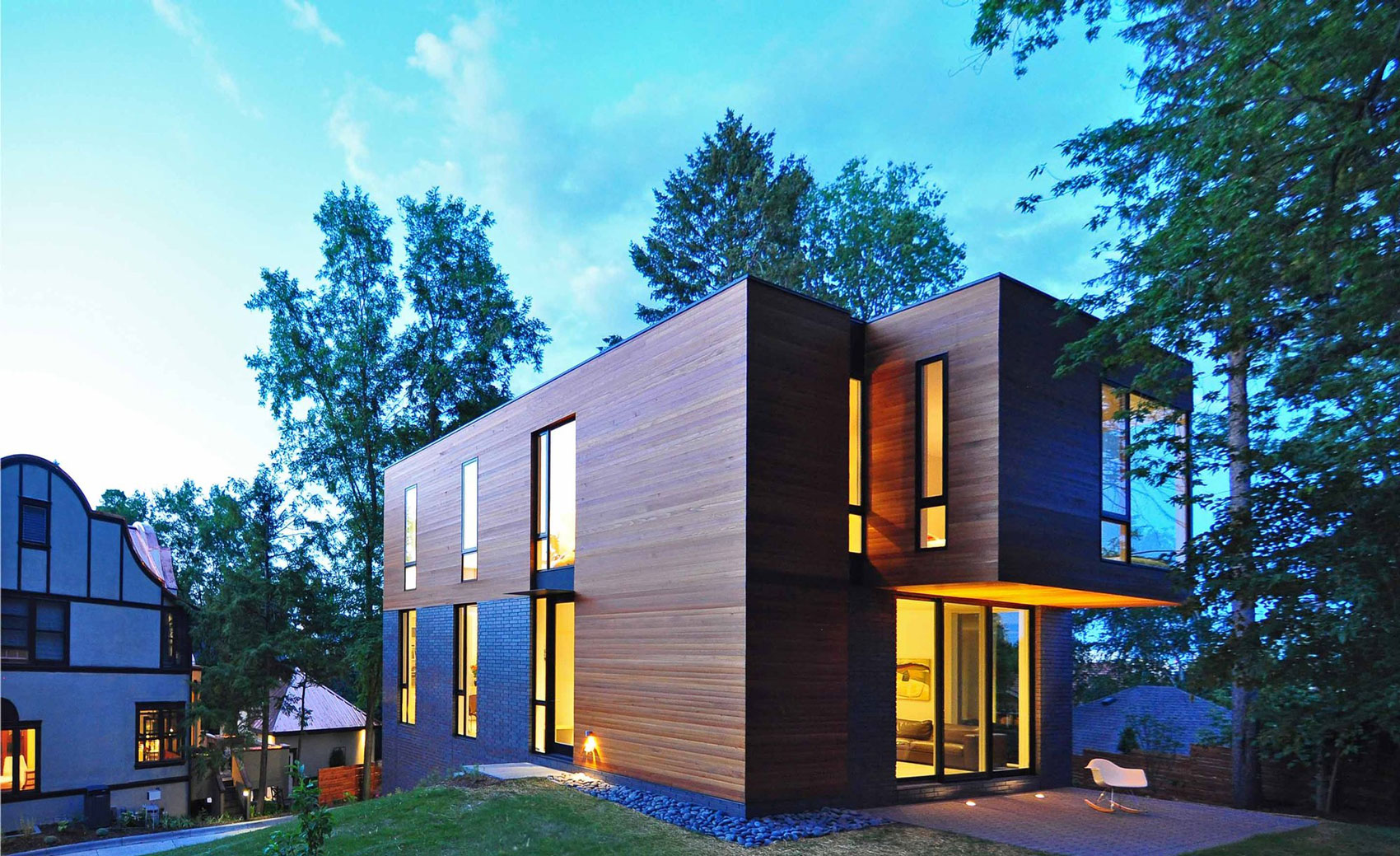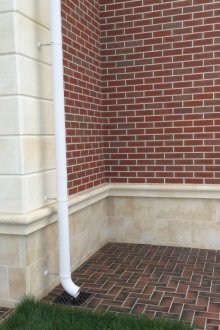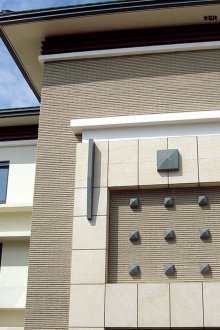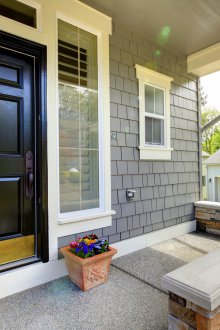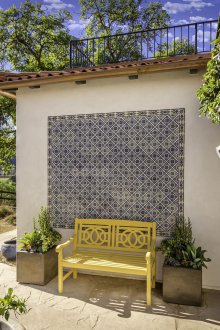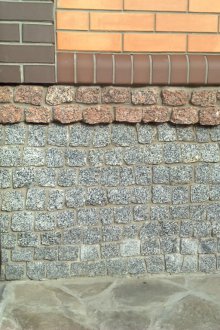Types of tiles for the socle, their advantages and laying features (23 photos)
Content
Most often, the base is finished using special facade tiles. It has excellent aesthetic qualities, is able to contain the damaging effects of precipitation and temperature extremes, and also protects the facade from pollution. In addition, the tile for finishing the basement allows you to insulate the walls. The building materials market offers a wide selection of tile types for cladding plinths, each of which has its own advantages and disadvantages.
The need for finishing the base
Ground tile laying is required even before the facade cladding is laid so that the upper mounting shelf of the ebb can be hidden. Tile for the basement of the house is the best option for this. Its installation does not require much time, special skills.
However, before choosing a material for finishing the basement, several points should be taken into account:
- the protruding part of the base should be protected by reflux so that moisture does not enter;
- the upper part of the concrete must be pasted over with flexible thin tiles;
- to reduce heat loss, you can put a heater inside the frames;
- it is best to use the frame system of the basement because of the ability to repair or update it at any time.
In some cases, tiles for facing the basement of the house are used for the entire building. This option allows you to give the building a presentable appearance, in addition, the tile serves as additional insulation. However, in this case, it is necessary to take into account the final weight of the external finish.
Choosing the type of tile for the base
Tiling the basement can be carried out on the basis of various materials. When choosing them, one should take into account the material from which the house is built, as well as the external and operational characteristics of the facing material. Almost any type of decoration of the basement of the house is suitable for structures made of a gas block or brick, and the sheathing of a wooden house is most often performed with plastic tiles. Finishing the base with tiles can be performed on the basis of various materials, each of which has a number of advantages and disadvantages.
Natural stone
Facing the basement with stone allows you to create a solid, massive and beautiful appearance of the house. The cost of natural stone is quite high, but its use allows you not to think about repairing and replacing tiles for many years.
Stone-based tiles are only trimmed to the extent that they are in contact with the wall. The front part is subjected to minimal processing to maintain a natural texture.
Tiles made of natural stone should be placed on cement glue, and then grout the seams between them with a special grout. Despite its excellent performance, even rough cobblestone tiles need to be processed every few years to increase its moisture resistance.
Fake diamond
Covering the basement with concrete tiles with imitation stone is very popular. Stone tiles are made on the basis of cement and sand with the addition of plasticizers to increase the strength and durability of the product.Tile for stone has a good indicator of water resistance, so it can be washed. Ground tile fragmentary stone, shell rock or rock - a great solution for decorating a house in any style. Artificial stone, like natural stone, needs to be periodically treated with special compounds to increase moisture-resistant characteristics.
Concrete tiles with imitation stone are placed on a special adhesive solution for stone. To create a sense of a holistic composition, the joints between the tiles are filled with an elastic jointing solution.
Brick tile
Clinker tile for a basement in appearance of a trip to a brick. For its production, purified clay is used, to which coloring components are added, as well as ingredients to improve the characteristics of the finished brick tile. For the production of clinker tiles, the masses are laid out in special forms, after which air is removed and the solution is compacted. Clinker tiles are fired at temperatures above 1000 degrees, which allows all components to melt firmly among themselves.
When the tile cools down, it acquires a pre-selected color and a smooth glossy surface. To veneer corners, special corner elements are produced. Facing the base with clinker tiles allows you to protect the facade and foundation from moisture, mechanical damage and pollution.
Clinker base tile for the facade is installed on an elastic and frost-resistant adhesive solution, which is applied to the tile and to the base. Only in this case can strong adhesion be ensured. It is recommended to apply the solution only on a small area that can be glued in 15-20 minutes. After a few days, the joints between the tiles should be repaired with a clinker jointing mortar. Laying tiles can be done on almost any foundation. The base clinker tile does not absorb moisture, so it does not need to be treated with moisture resistant impregnation.
Polymer tile
Polymer tiles are made from fine sand and special additives. Polymer sand tiles are used to decorate the external walls of a private house. The plinth lined with such material visually resembles a brick or torn stone.
Polymer facade tiles are lightweight, which makes it possible to use it to finish even light structures with low bearing capacity. When facing the foundation and facade, this material does not give chips and cracks due to the high degree of ductility. In addition, such tiles on the basement have a good indicator of moisture resistance, so they do not need additional processing.
To overlay the facade and foundation with such material, you should attach the tiles with screws to the crate. Additionally, a layer of insulation can be placed behind the lining.
Resin Based Tile
Resin based plinth tiles can simulate sandstone or clinker bricks. It has a small thickness and weight. In addition, such a front basement tile is also flexible, which allows it to be used for finishing arched surfaces and corners.
When working, tiles can even be cut with scissors, and working with it does not require special tools and skills. Decorative tiles can be installed on a layer of insulation, concrete or plaster. To clad the surface, special glue is used, which is applied using a notched trowel. Laying tiles does not include seam processing. The acting glue acts as a puffer.
Ceramic tile
Porcelain tile for the basement is made on the basis of clay, iron, quartz sand and other environmentally friendly materials, so ceramic tile is absolutely safe for humans. Modern technology allows you to make ceramic tiles a solid material without pores and voids.This increases its moisture resistance, fire safety, as well as heat-shielding qualities. Ceramic basement imitates natural stone, giving the house a noble and massive appearance.
Installation of basement tiles includes installation of the frame, installation of a layer of waterproofing and fastening of porcelain tiles to the basement. The frame is attached using self-tapping screws, and the tile is attached to the frame using a thick layer of concrete.
Features of mounting various types of tiles
For covering the base with special tiles, various methods are used that depend on the choice of tile material. Installation work should always begin with surface preparation. It is necessary to clean the surface of contaminants, as well as remove all irregularities. Wooden walls are leveled with bars of different thicknesses, and block or brick walls are plastered.
Laying tiles depends on its type:
- For laying artificial or natural stone, a special adhesive solution or cement glue is used. Glue is applied to each tile, after which it must be pressed firmly against the wall. Seams are filled with mortar. In some cases, additional installation of the reinforcing mesh may be required.
- Clinker tiles are installed starting from the top row. When laying, glue is applied both to the tile and to the wall, after which the joints are grouted.
- The polymer tile is mounted on glue, after which it must be protected from moisture for three days. And only after that you can overwrite the seams.
The use of various types of tiles for the basement will protect the house from moisture and pollution. When choosing the optimal type of tile should take into account the climate of a particular region, the weight and material of the structure, as well as the external characteristics of the material.

